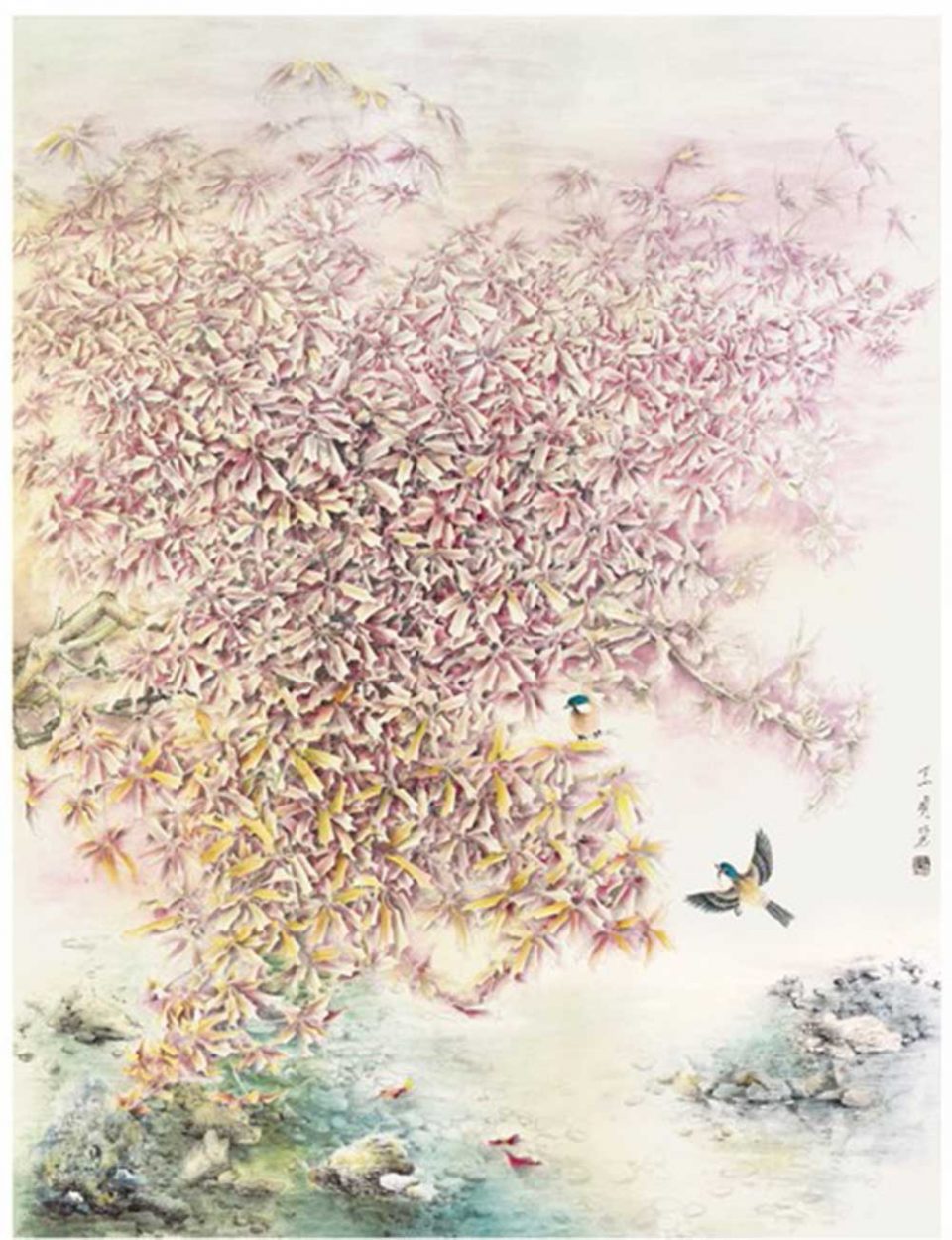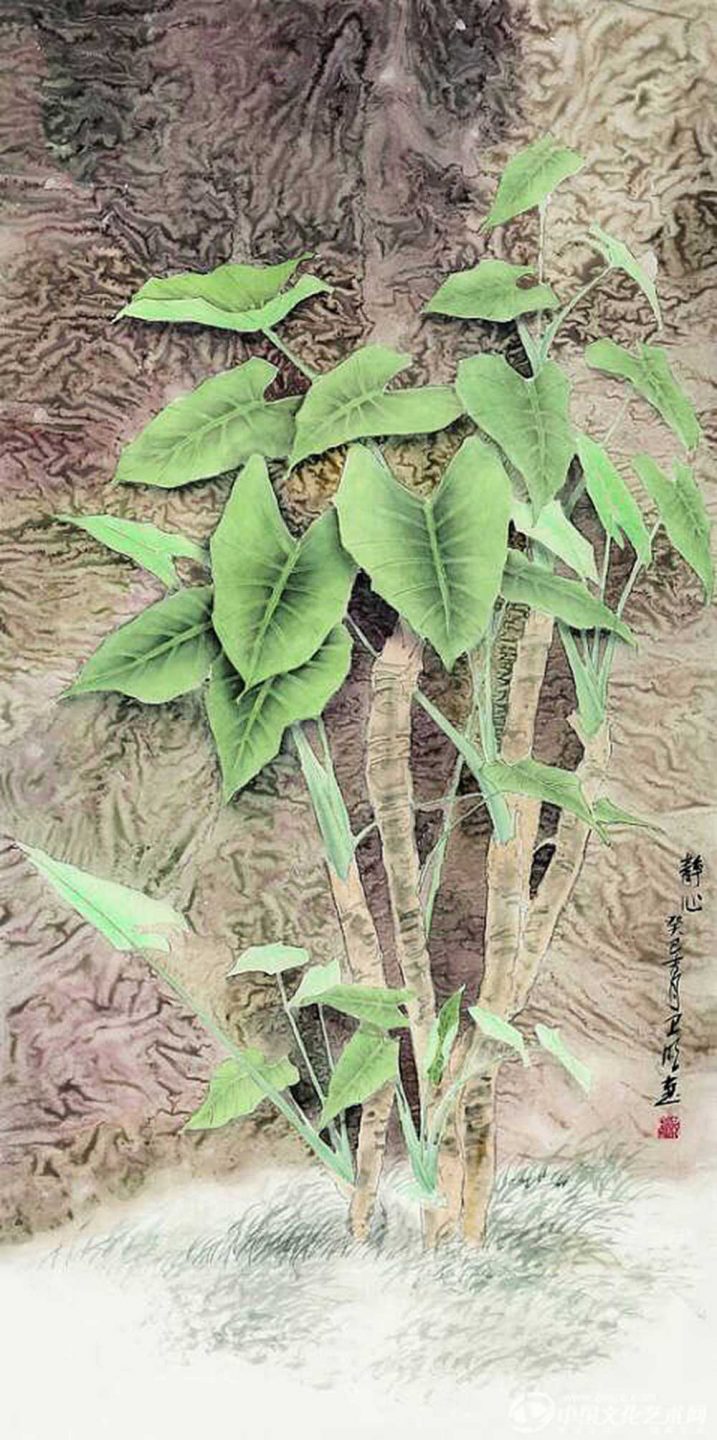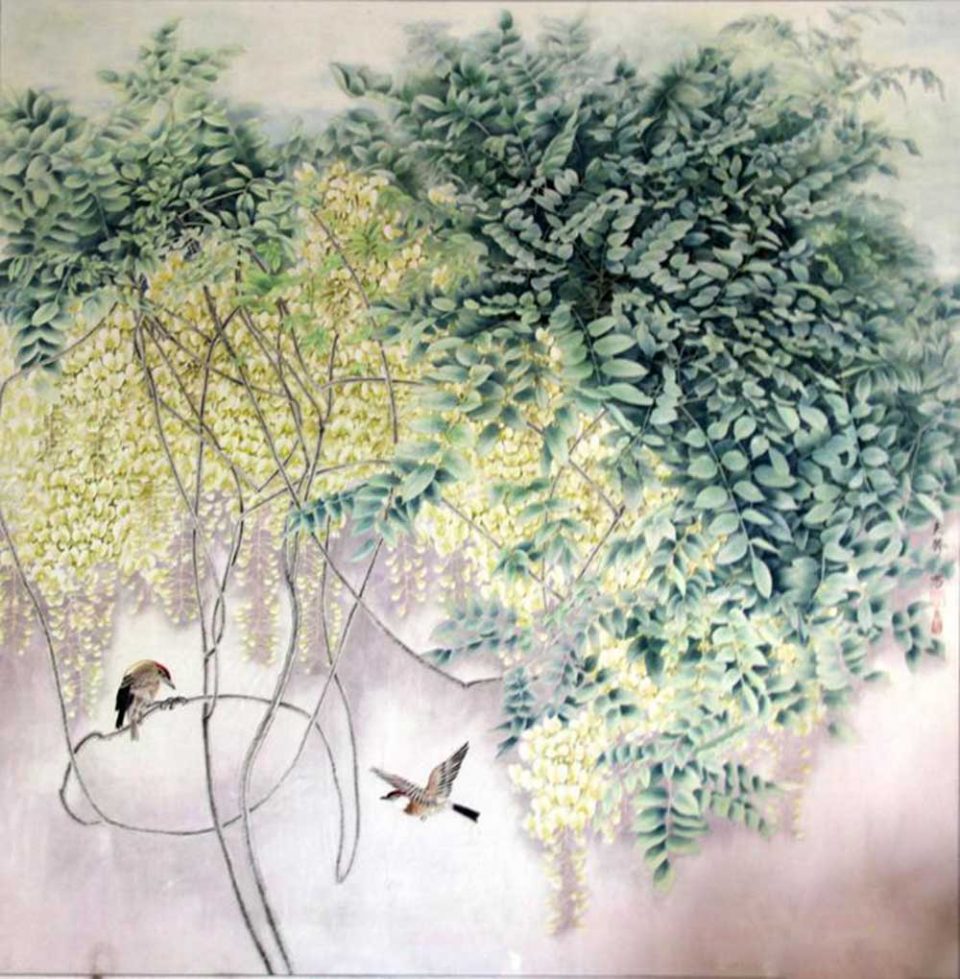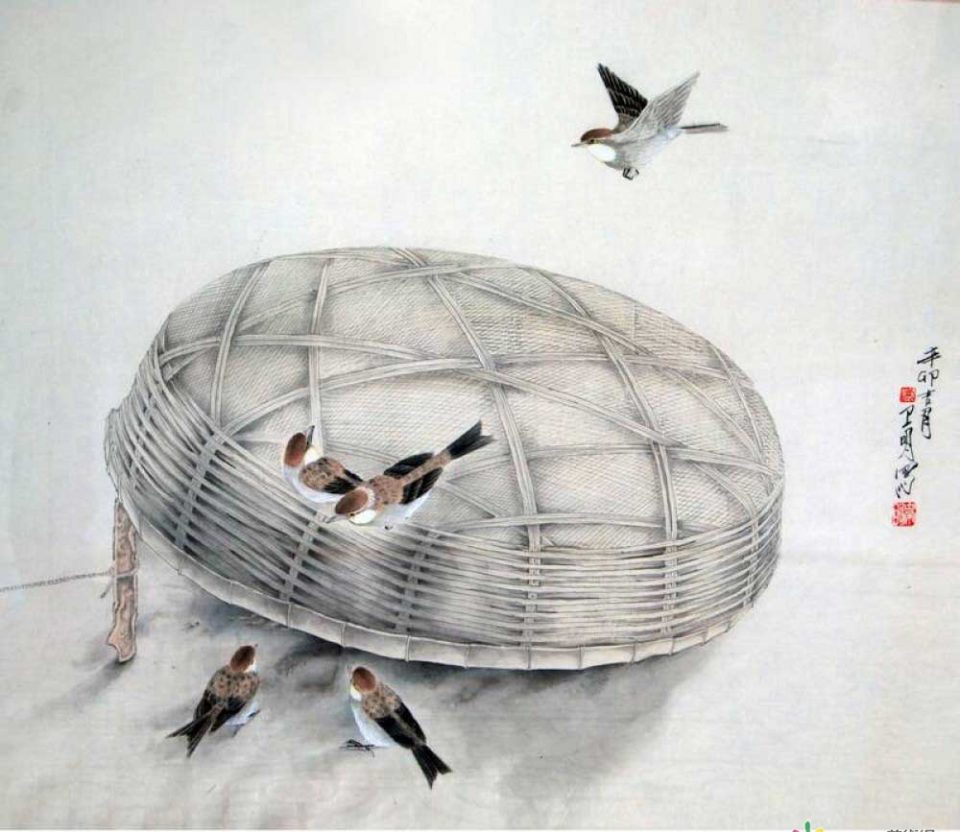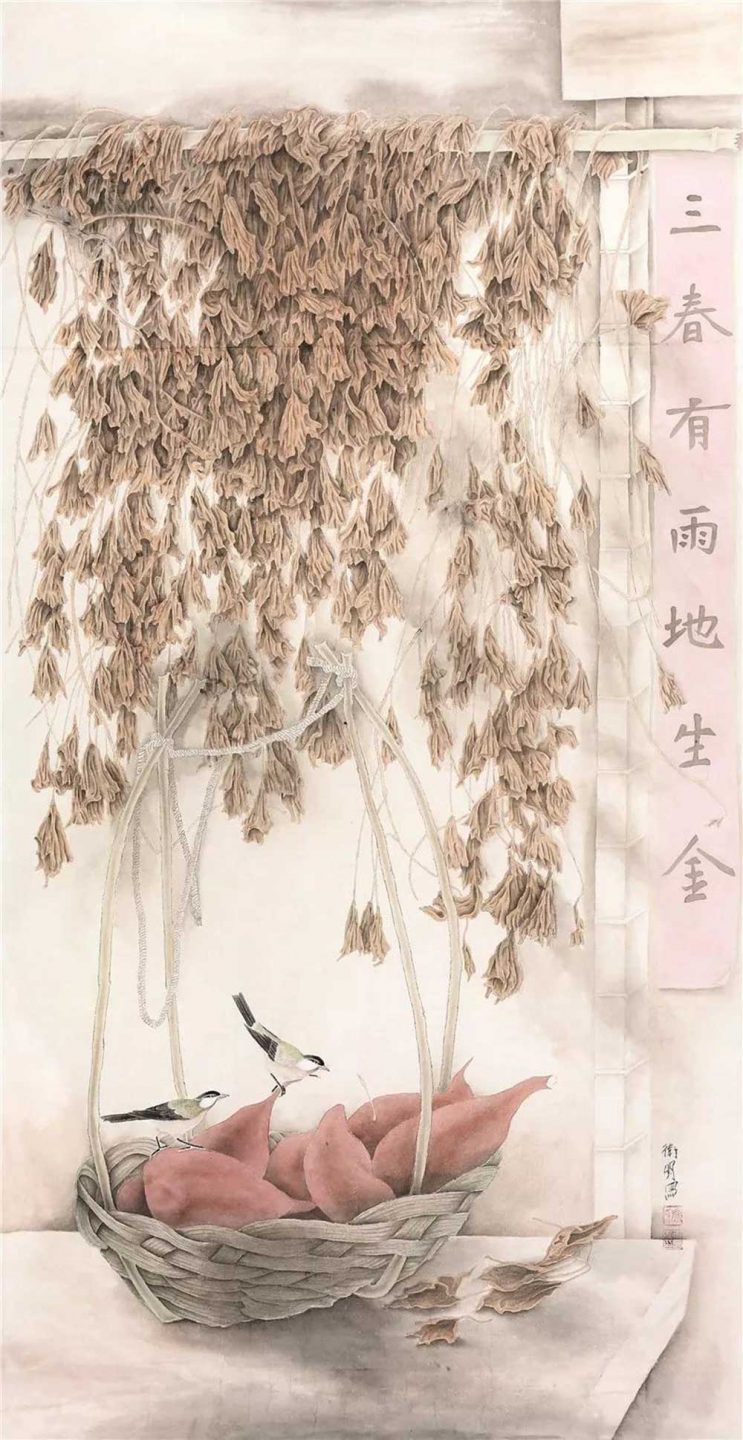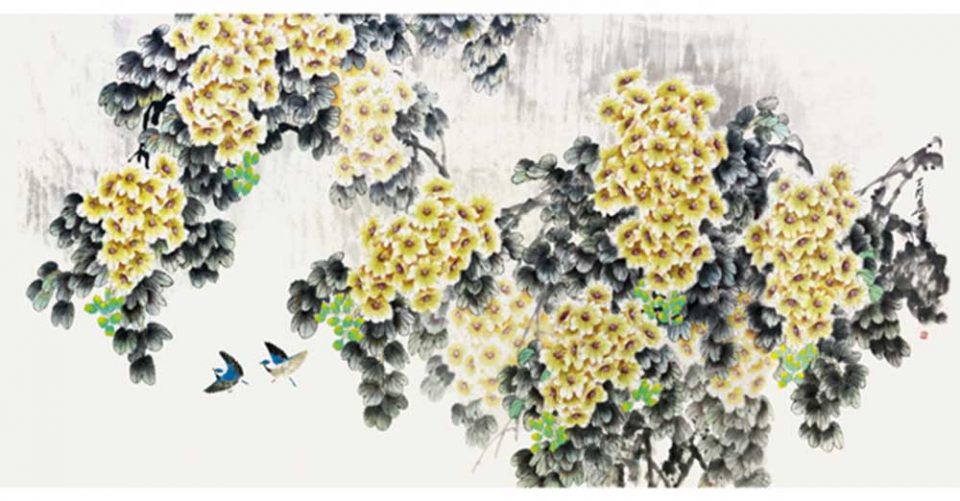ART BAIGUAN Hello, can you introduce yourself?
ZHU YANING: My name is Zhu Yaning and I am 23 years old. I’m currently studying sculpture at the Academy of Fine Arts in Florence, and graduated on September of this year.
ART BAIGUAN: When did you start to learn and get in touch with art? Which was the original intention of learning art?
ZHU YANING: When I was young, I had a really interesting art class and slowly I became more and more interested. In high school, I studied at the CAFA , where I studied Western traditional art, with its oil paintings. At the same time, I was also learning the fundamental aspects of history of art.
ART BAIGUAN: What made you choose contemporary art instead of traditional art? In your opinion, traditional art has an impact of contemporary art?
ZHU YANING: I know how to understand contemporary art from the traditional art thanks to the opportunity I had of studying abroad. It’s common opinion thinking that I should be at home because of my young age. Teachers are basically relatively traditional so after going abroad. I began to get in touch with some new things, and learned the contemporary art of the 20th century and the development of Western avant-garde art.
Materials and themes are not really important aspects, artists’ point is completely beyond the art range I once understood. In the beginning, it was actually very overwhelming. Because there was always something I didn’t know about that I should have tried understanding harder. But than if you leave the past and choose new things.you will eventually find a path that suits you better. Although there are still many confusions, it is indeed more than just going abroad.
In my opinion Chinese students abroad feel themselves bound between their tradition and the culture they are in contact with. I later discovered that the concepts and knowledge of the traditional art that I have learned have already penetrated into my own thoughts.and will be reflected whenever I do what I do. But it is a kind of wealth for me. The most important thing is a relatively peaceful attitude to get in touch with new things. In this way, your artistic concept will become more diversified, which means more possibilities for creation.

In fact, I don’t have the ability to define objectively and undergroundly contemporary art and traditional art, Some people may think that some avant-garde art of the last century can represent contemporary art. However, for some contemporary art practitioners they have already become a thing of the past. They are already tradition. In the second half of the last century, there was a conceptual artist who wrote a thesis on the topic of philosophy as art. This is enough to prove that the definition of art in the last century has changed dramatically.

ART BAIGUAN As far as I know, you used to study sculpture. Why did you choose to do installation art?
ZHU YANING: Because the content we are studying is within the scope of visual art. In which we distinguish the direction of sculpture, oil painting, printmaking and the like. But to put it bluntly, we have chosen a way, like a tool or a category. it’s not a transformation, because in the end all forms are meant to express what you want to express.
Then the device is a language that I think is relatively comprehensive, it can create more possibilities. It gives you more possibilities and more ways to express what you want to behave,

ART BAIGUAN: What is your work expressing? How do you think about material choices?
ZHU YANING I just want to give the audience a feeling A comparison and a discussion about time. Time, such a serious thing, is gentle.I tried to make people feeling the passing of time the more delicate i could. This is what I want to do, but whether the expression is sufficient or not is still open to question. In fact, because I am also a young and new artist, I am not as comprehensive as the mature artists. I think materials serve to the expression, the choice is because it is suitable, there is no deep reason. The final product can only be said to be within the scope of my ability to express the content in the best way possible.

ART BAIGUAN: Which is the work you are more satisfied with?
ZHU YANING: My favorite work is the third one, made with an italian girl, Fiamma. This work is my first contact with the image, and through this work I understood that cooperation is a very important thing. Before this experience I used to think that artists were independent individuals. or that everyone has their own independent ideas,so that it is difficult to integrate with other artists. But unexpectly, in this work, we had a very good cooperation, so I am really satisfied.
ART BAIGUAN: What do you think about installation art, new media art and the future development trend?
ZHU YANING: Installations and new media will become mainstream, and any of these devices that serve the things of life will ultimately serve art. Since the art has broken every boundaries, we have been free to use any form and medium. I think AR technology and 3D modeling have been used a lot until now but both will be used more in the future.
This is very good, we don’t have to stay in the past, we need just to accept it, because it’s not that you use new things to abandon some of the cultural heritage of the past, so I think it is creating more possibilities, and at the same time the viewer also has a better experience, and it is still a positive thing.

ART BAIGUAN: Have you ever encountered difficulties in your creation?
ZHU YANING: The most difficult problems are still some real problems. For example, what kind of materials, venues, and equipment are allowed to be made and used but most important: the maturity of creation.
The difficulty I have encountered now is that my creation is not mature enough and my position is not strong enough.

ART BAIGUAN: Can you express your own creed or thought? Do you have somthing to suggest to younger generation who are still groping on the art road?
ZHU YANING: The most fundamental suggestion is simple: it is sincerity. There are many problems and as long as we insist on sincerity, we will be able to solve them. Sometimes we fall into self-doubt, we don’t trust anyone or we do not have confidence in what we do. But we can understandd whether we are doing this in good faith, as long as you are doing is in good faith all the things you do have value.
I got two advices for the young generation: the first is to look at the individual’s orientation, and the second is to maintain interest. If you are not interested in something you do not have to learn it. It doesn’t make sense and wastes time. Because many of the students I met in the art think, “Ah, this subject is just like this, it doesn’t mean anything,” because they didn’t feel the meaning of it sincerely.

When I first saw her work, it gave me a feeling of calmness and quietness. I was full of thinking about time and life. I thought she should be a quiet and mature girl. I can’t help but feeling that she is really a cute little girl. She has the characteristics of not following the trend and the ones of being alone and not alone at the same time.
Isn’t this the quality and attitude that the new young artists?

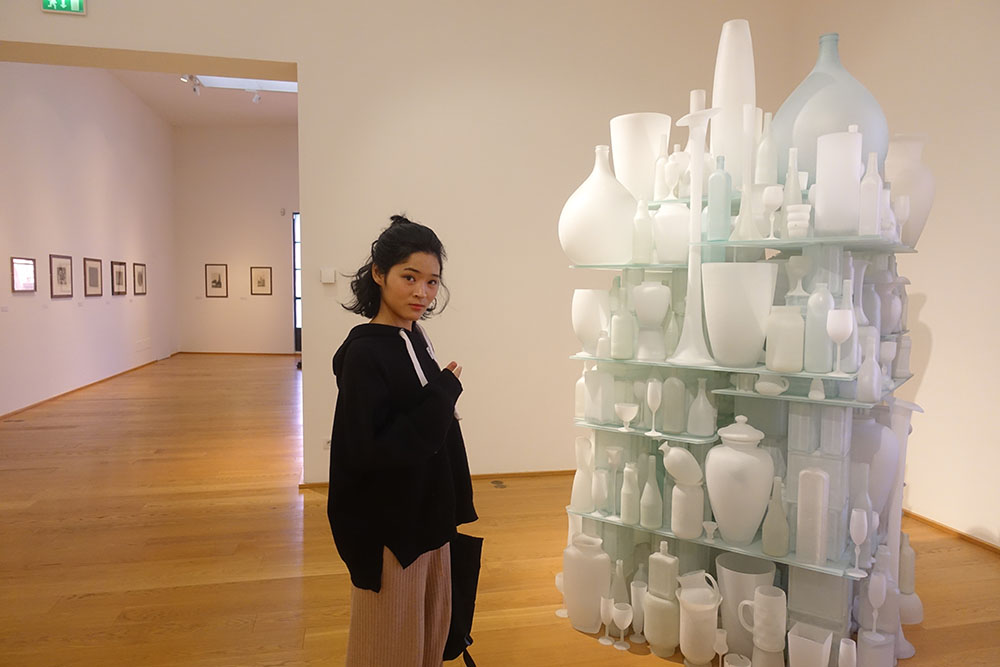












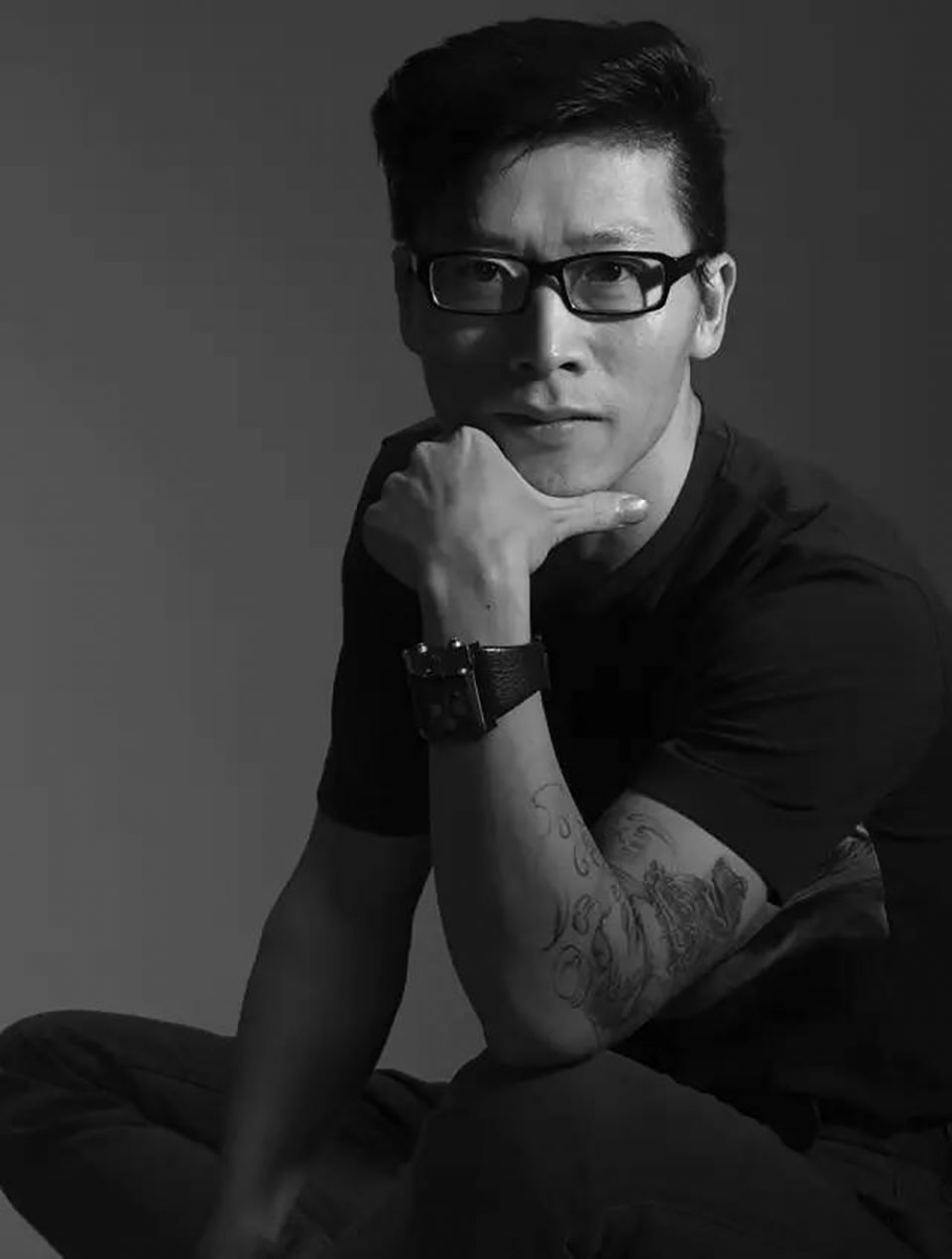

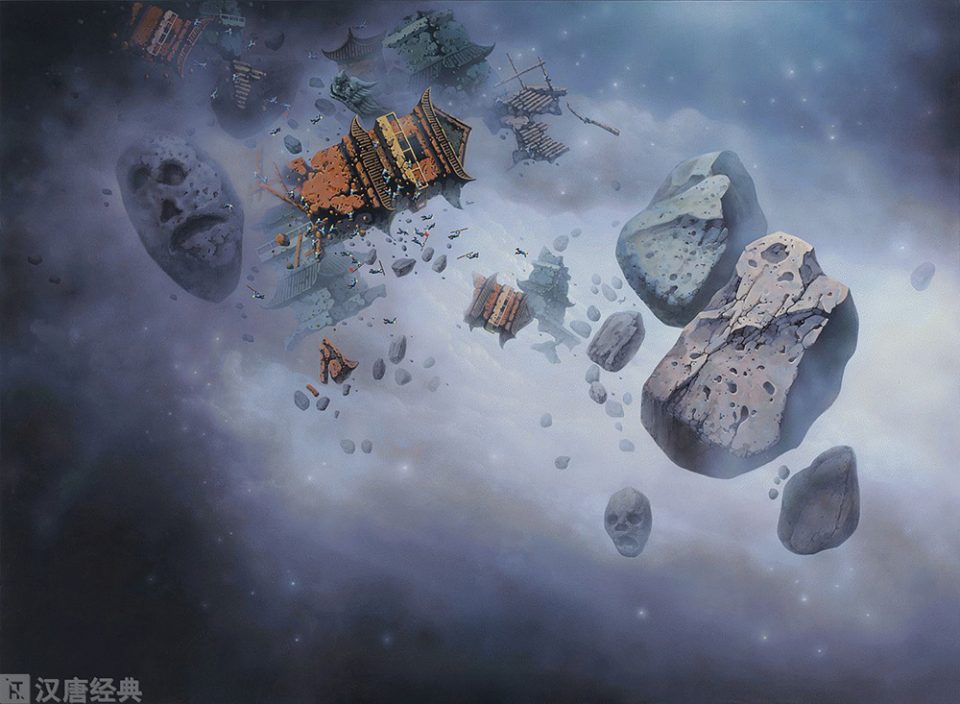




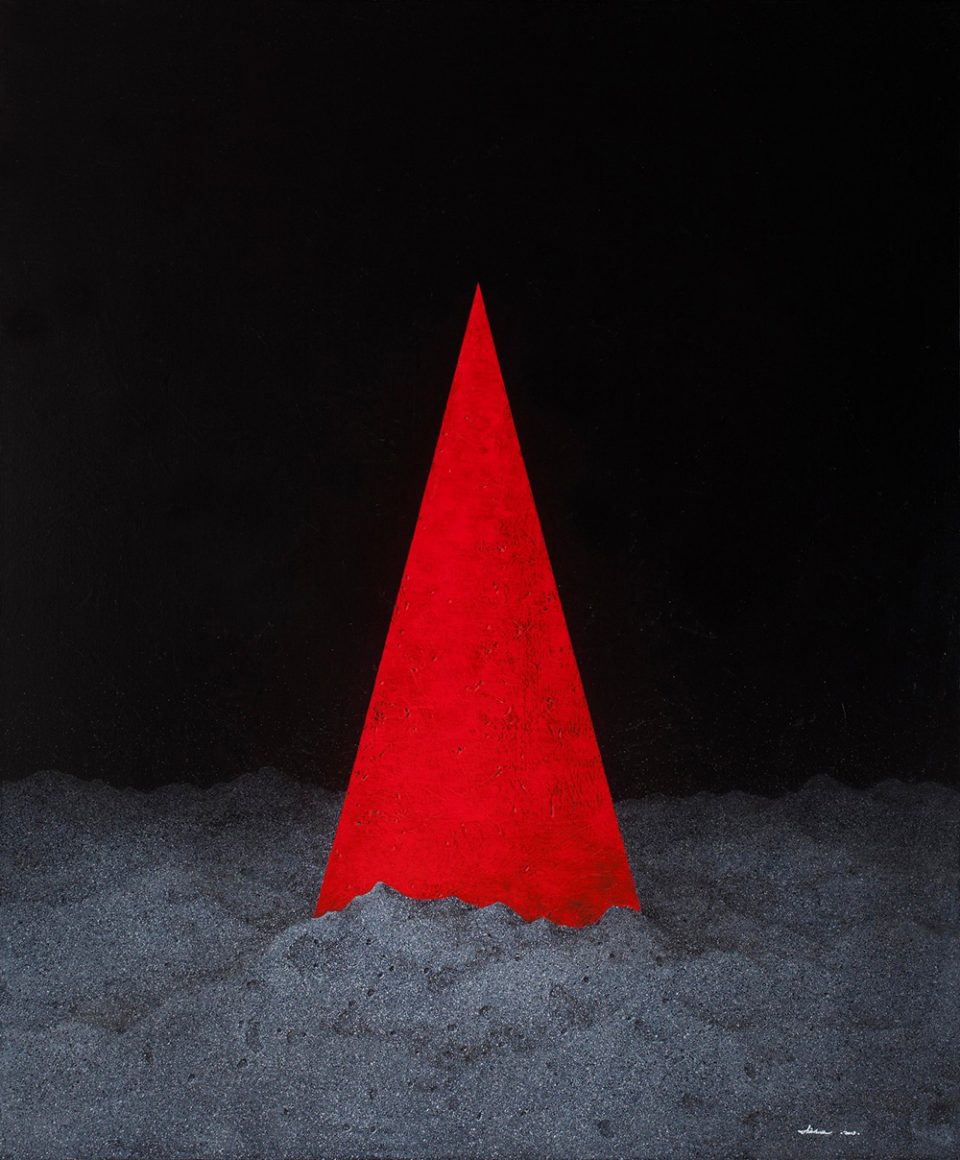
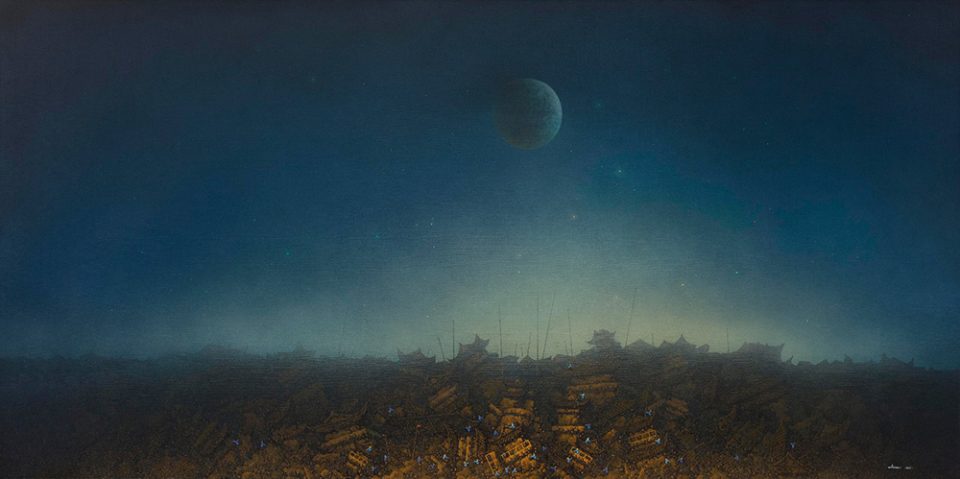
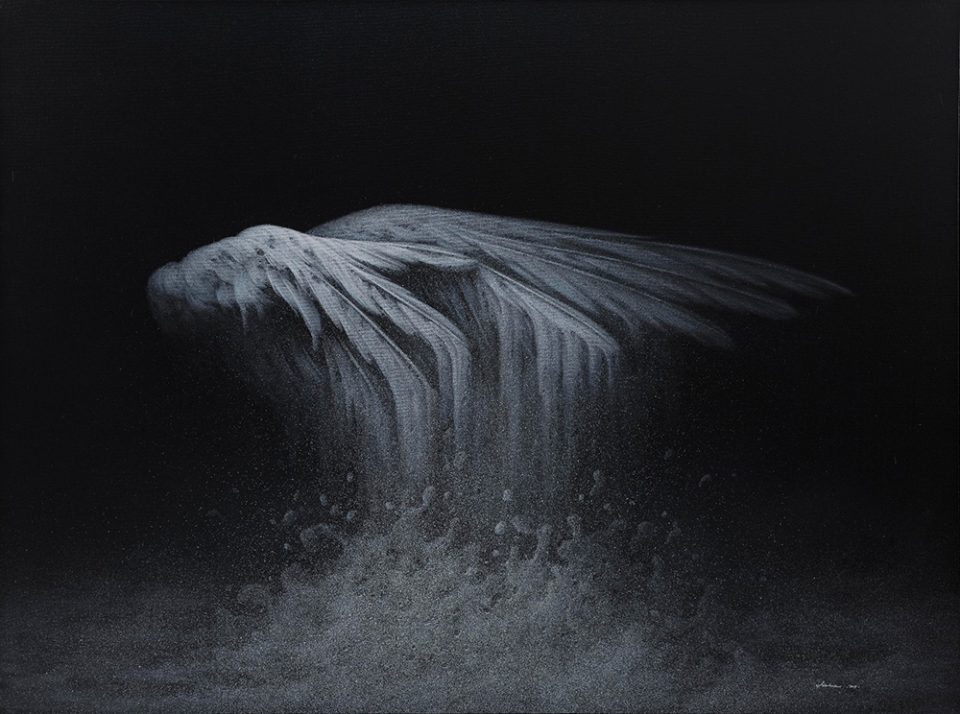











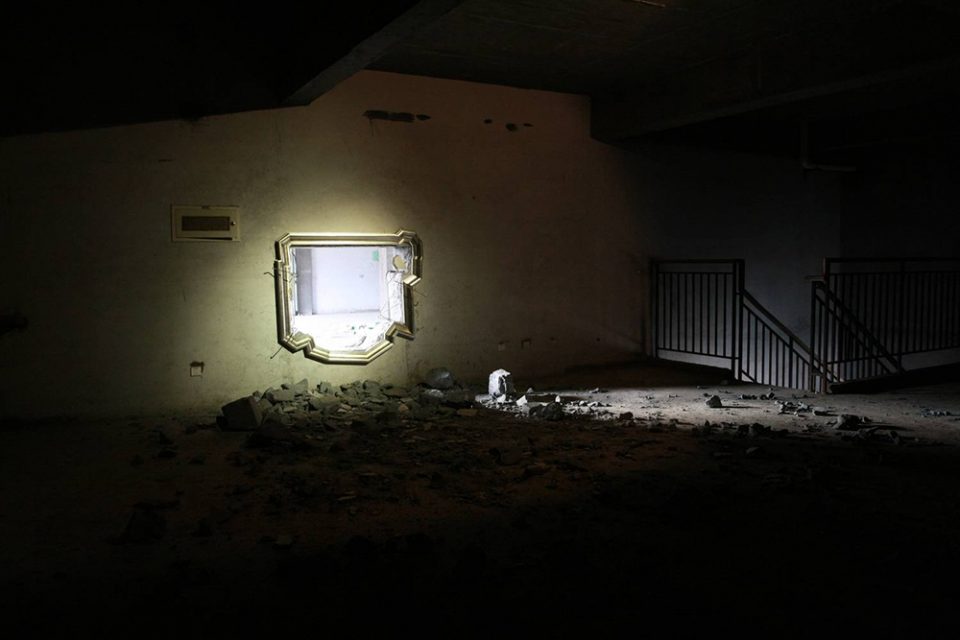
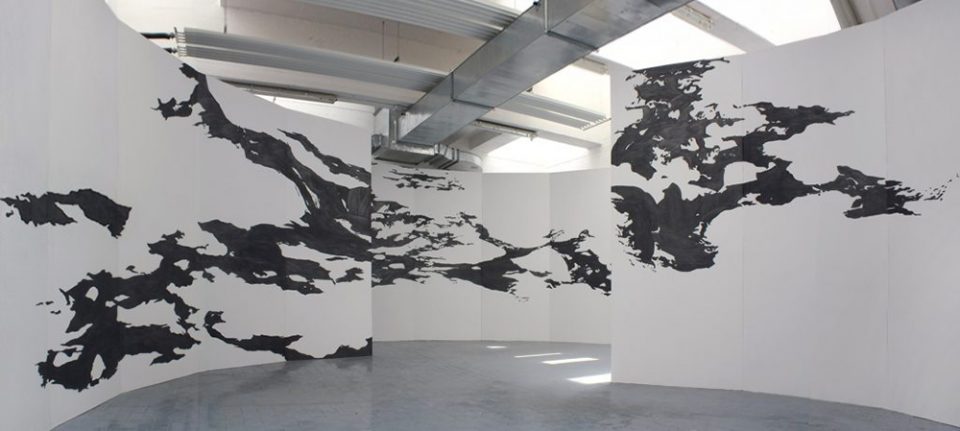


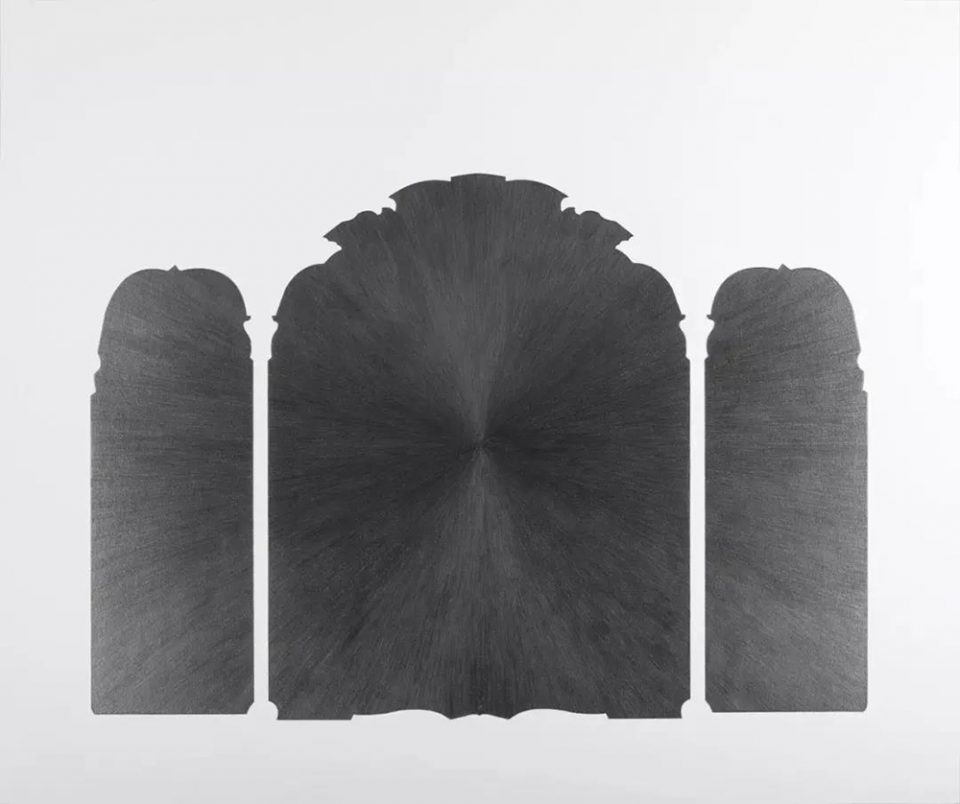






 Sanxingdui Museum – Exhibition hall
Sanxingdui Museum – Exhibition hall


